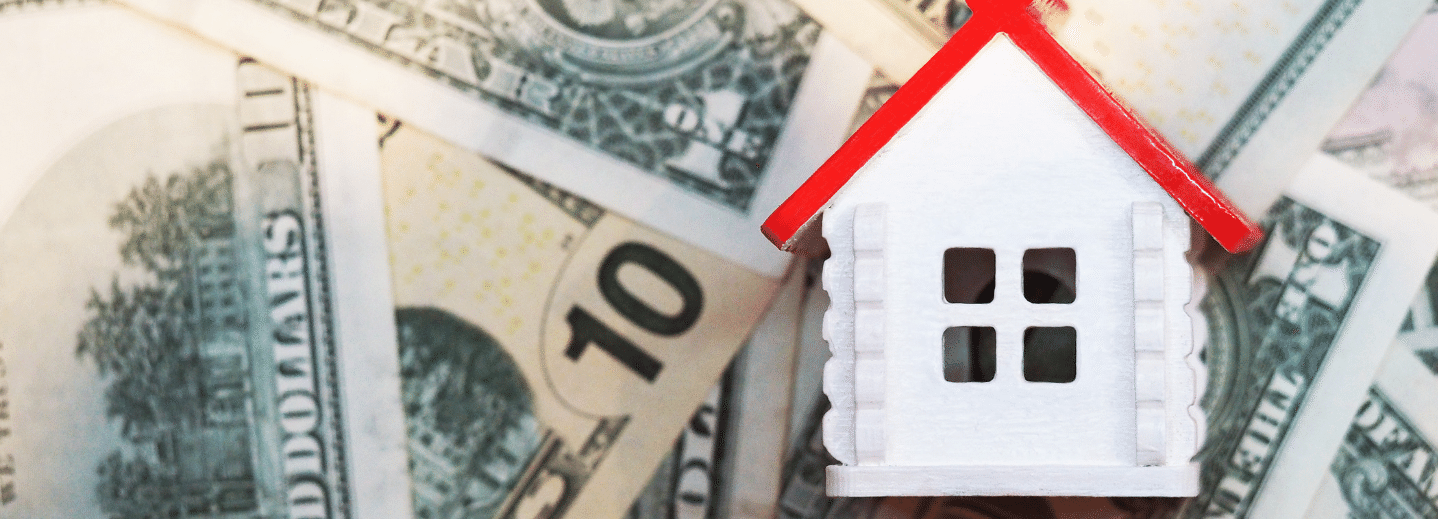Best Way to Save for a Mortgage Down Payment

Mortgage down payment. It could be the three scariest words in the home buying process. If you feel like you will never be able to buy a home because saving up the money for the down payment sounds treacherous, you should know that you have options. With certain kinds of loans, money in savings and a few down payment alternatives, you might be closer to buying a home than you think.
Research Loan Eligibility
A traditional mortgage typically requires a down payment of 20 percent. In reality, unless you live in a place with a very low cost of living, or you already own a home, coming up with 20 percent of a home’s price in cash can be somewhat tricky. Saving up for a down payment calls for balance. If it takes you 10 years to save up 20 percent, values might have increased significantly in that time. There are several loan programs with low down payments guaranteed by:
- Federal Housing Administration (FHA)
- Federal National Mortgage Association (Fannie Mae)
- Federal Home Loan Mortgage Corporation (Freddie Mac)
These programs may only demand a down payment of 3-3.5 percent. It is best you thoroughly review these options with your lender because they may require a specific income, credit score or assets in reserve.
Plan for Savings
If you only have to save up 5 percent or less for a down payment, that seems like a much more reasonable goal. However, you should keep in mind that the mortgage down payment is only a portion of your total cost in buying a home. You will have a few thousand dollars in closing costs, and you need money to move as well. If you are just starting to save up for a home, there are different types of savings accounts that keep your funds liquid but get you a better interest rate as you save. A Certificate of Deposit with a short term of six months or a year might also be a good choice.
Remember, the most important part of saving money is the act of saving. That means, no matter how much you’re able to put into savings, every little bit helps. The more accustomed you are to socking money away, the easier it gets...and the more your balance grows!
Tweak Your Budget
When it comes to saving money, the most important tool is a budget. Yes, the dreaded budget! If you create and monitor a budget, you’ll be able to see where your money goes each month. Your budget doesn’t need to be extensive – simply track all your incomes and each expense.
First, look for areas where you can save an extra $50 or $100 a month. Get in the habit of putting that into savings instead of spending it. Then move on to bigger items. It’s often eye-opening just how frivolously money is spent when you track all your expenses for a month or two.
One of the most common, yet overlooked, areas to save money is on your current loans. If you have several credit cards, personal loans or vehicle loans, financed at other institutions, you may be able to refinance these loans with a credit union. Check out our Debt Consolidation Calculator to see how much you could save!
By switching your loans to a credit union, you may qualify for better rates, more flexible terms and/or consolidate several credit card balances into a single monthly payment. When it comes to saving for a down payment on your home, every little bit saved counts!
We’re Here to Help!
If you have questions on saving for a down payment on your home or would like to review options to switch your loans to CAMPUS USA Credit Union, stop by, give us a call at 800-367-6440 and press 7, or email us at _MortgageOriginators@campuscu.com.
By CAMPUS USA